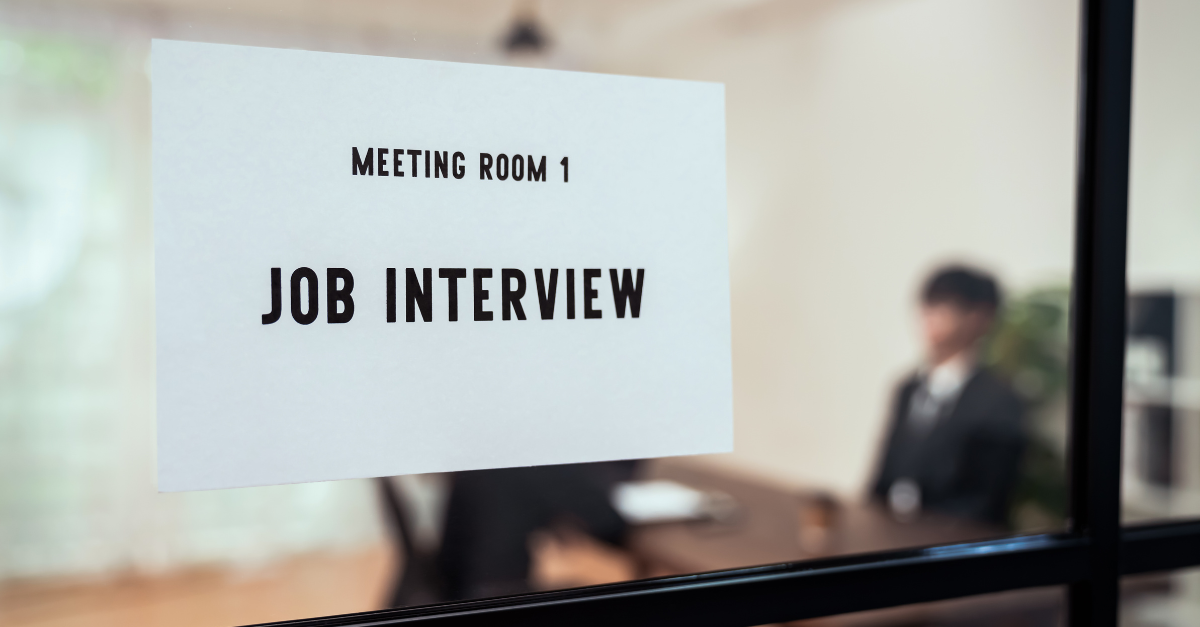3ds Max vs. Maya: Is One Better than the Other? - 3ecruit
3ds Max vs. Maya: Is One Better than the Other?
So you’re ready to dive into the world of 3D graphics, the next step now is to choose a program to use, that’s easier said than done, as there are many different 3D applications to choose from. The most popular in the CG industry is 3ds Max and Maya, and a very common question is which 3D application is better? Does one program allow you to create amazing 3D models much faster? And can knowing either 3ds Max or Maya land you that job at your dream studio?
Let’s break down the differences between the two, as well as each program’s strengths and weaknesses and answer the all important question, “Max or Maya?”
The first question that needs to be answered is, “Can knowing either 3ds Max or Maya increase your chances at landing a job?” The answer is simple, no. If you’re weighing the two applications based on if you get brownie points for knowing Maya over 3ds Max or vise versa is probably not a viable question. Skills always comes first among recruiters, if you’re an amazing 3D modeler in Maya, and the job requires you to use 3ds Max then that place will likely train you in 3ds Max, because your work speaks for itself, not the application you used to create it.
That being said, both 3ds Max and Maya both have their strengths and depending on how you want to use the application will determine which program you should choose. There is a reason these two applications have become industry standards, they both are powerful programs, but yes, depending on how you want to use the programs, it might be smart to use one over the other.
What Are You Going to Use it for?
You should ask yourself what you’re going to use the program for, are you wanting to create 3D character models, or create performances through character animation? Or maybe you want to break into game design, so you’ll be using the application for creating game models or game animations. You also might be using the program for architectural visualization, or integrating it within a VFX pipeline for film. Whatever the case may be, you should know exactly what you want to do with the program, because that alone can help you decide what to choose, 3ds Max or Maya.
Rendering
Both applications have the rendering engine mental ray built into the software, so you’re essentially getting the same rendering capabilities in either program. Of course, the workflow may be a little different, but you can get comparable results in either application.
Modeling
3ds Max has a very robust modeling toolset with a huge library of different modifiers which can make the modeling process easier. Depending on how new you are to the world of 3D then modeling in 3ds Max can be a little easier to grasp. If you’re familiar with the Booleon operation, 3ds Max is also known to work much easier and smoothly than in Maya. It may seem like a simple command is not a big deal, but it can actually go along way.
If you’re going to get into the architectural visualization like interiors and buildings, 3ds Max really caters to this type of artist, giving you the option of 3ds Max Design which is a favorite program among architects and designers.
Modeling in Maya is a little less forgiving, and some complex models can be a little harder to accomplish, but with the release of Maya 2014 and the modeling toolkit it has brought in some very powerful modeling tools that really begins to level the playing field, with some great re-topology tools and a faster workflow.
Animation
For the most part, Maya has been known to be a much more powerful application when it comes to animation, with a huge library of animation tools. It’s also very customizable if you know a bit of MEL or Python which are the scripting languages in Maya. For example, Blue Sky Studios uses Maya for all their animation and rigging tasks.
That’s not to say animation in 3ds Max is bad, not in the slightest, and for the most part the exact same animation could be accomplished in either application, but when it comes to ease of use, and the amount of tools available, Maya is the stronger of the two.
Rigging
When it comes to rigging, Maya pulls ahead slightly in this category as well. However, it does require a bit more programming in MEL if you want to create complex character rigs. Now, with 3ds Max it can be a bit easier to rig, but you can create complex rigs in Maya that might be very difficult to achieve in 3ds Max.
Where Maya Shines
Maya’s proprietary scripting language MEL is highly customizable, and that is one reason why Maya can be found a lot in the film industry because studios like to be able to create their own set of tools that can help them achieve their job much easier.
Maya has really been know as the go-to app for 3D animators among the industry for its robust rigging and animation tools and its animator friendly workflow.
You also have the choice of Maya LT which is a huge benefit among new game developers as it’s a relatively cheap subscription cost, of course, you don’t have access to as many of the features of the full version of Maya, but you still have the most important to a game designer, like modeling, animation and texturing.
Where 3ds Max Shines
3ds Max has been known for its powerful modeling tools, allowing you to create complex 3D models with a very fast workflow and robust modifiers, with the entire poly modeling tools contained in one area of the UI. It also has some really great architectural visualization capabilities that Maya really doesn’t have.
If you’re brand new to CG 3ds Max can be a little simpler to grasp, and can seem a little less daunting than Maya, making it a bit more user friendly.
The Big Factor
The biggest factor of choosing between the two actually has nothing to do with the application’s toolset, but your operating system. Maya is available to Windows, Linux, and OSX platforms. 3ds Max on the other hand is only available to Windows operating systems, which means if you’re a Mac or Linux user, 3ds Max is probably not the best choice.
The Verdict
You should really know what you’re going to use the app for; because this can help you decide which program to choose, and each program has different strengths when it comes to the different tasks, like modeling, or animation.
If you want to get into character animation, Maya may be the best choice. However, 3ds Max still has great animation capabilities, but Maya has a slight edge over it with its deeper list of tools.
When it comes to modeling, either software is going to get the job done; it really comes down to which workflow you like more. 3ds Max has a robust modeling toolset, but Maya has recently enhanced their tools as well.
3ds Max has typically been seen as the 3D app for the game industry, and it is known to have a bit more flexibility and options; however Maya LT is also a great cost effective choice when it comes to game development.
If you’re going to be doing a lot of architectural visualization then 3ds Max is probably going to be your best bet. Of course, you can do architectural work in Maya, but 3ds Max Design is integrated with some of the other design software like AutoCAD.
Is One Truly Better Than the Other?
There’s going to be some mixed opinions about the different applications. Someone who’s used 3ds Max for years might say Maya is not a good choice, and similarly a Maya vet might say 3ds Max is a weaker program. In most cases, that may be true — for them. Once you get familiar with a particular interface and workflow, it can be a lot faster to move around with that workflow than to try another workflow.
But when you’re first starting out and looking to learn something new, it really comes down to personal preference for one simple reason: At the end of the day their purposes are similar and a lot of the tools accomplish the exact same thing. For example, there’s the extrude command in both applications, and you’re able to set keyframes and have access to a curve editor. It’s up to you, the artist, to determine how those tools are used in different ways to achieve great things.
The best option is to try a free trial for both applications, and test the waters, see which workflows you like more. If you’re a more experienced artist who has been learning a specific program, and suddenly you’re wondering, “Have I been learning the wrong program this whole time?” There is no need to be worried, because the quality of your work is the most important thing, not the application you create it with. There’s also many other 3D applications that you have at your disposal, you can learn more about them in this in-depth post.
It’s apparent that both 3ds Max and Maya are extremely powerful programs. This article should help you decide which one to choose for your project, but one thing is certain; there is no “wrong” choice when it comes to the two, so if you need to, try them both, and check out Introduction to Maya and Introduction to 3ds Max to get your feet wet, and be sure to read the Resources for Accessing Free Creative Software post to find out where to download demos and trial versions of these applications.











